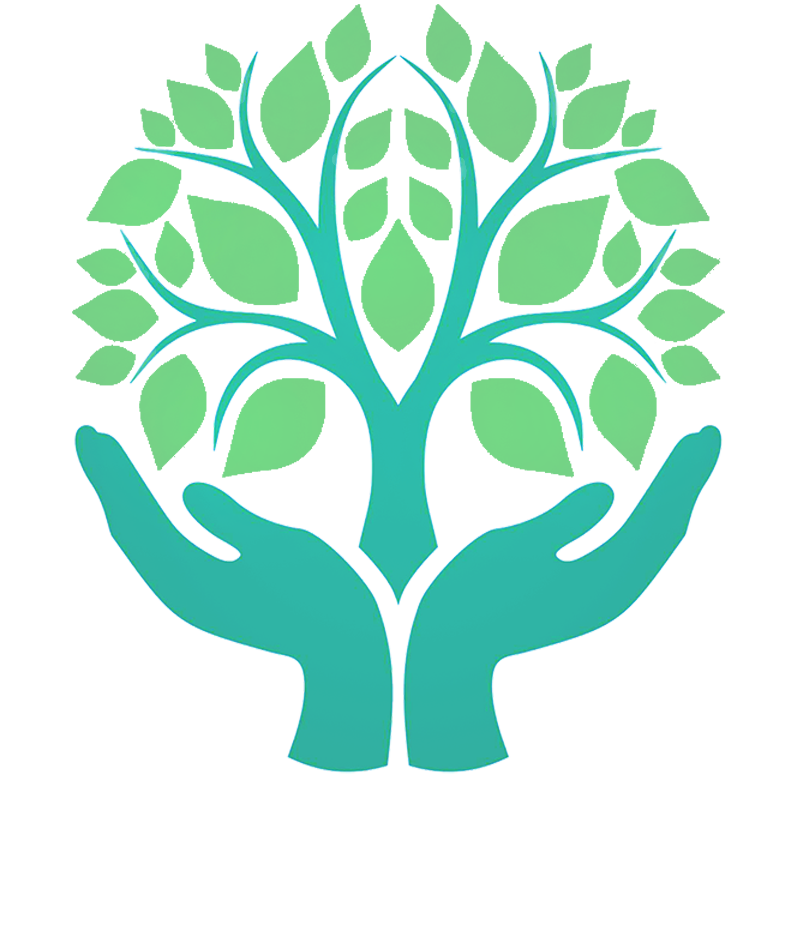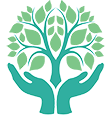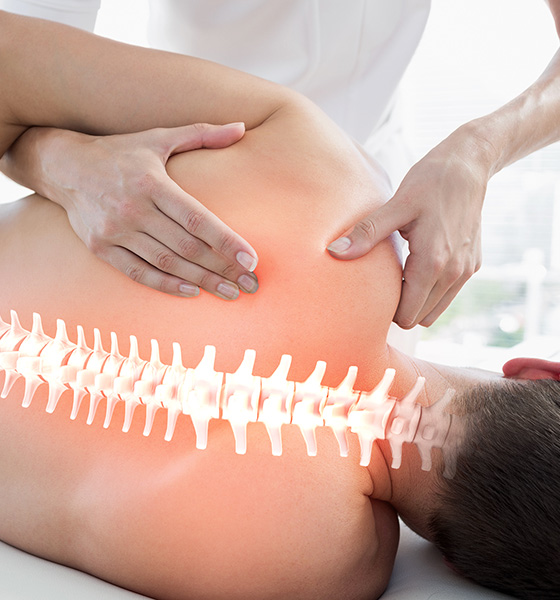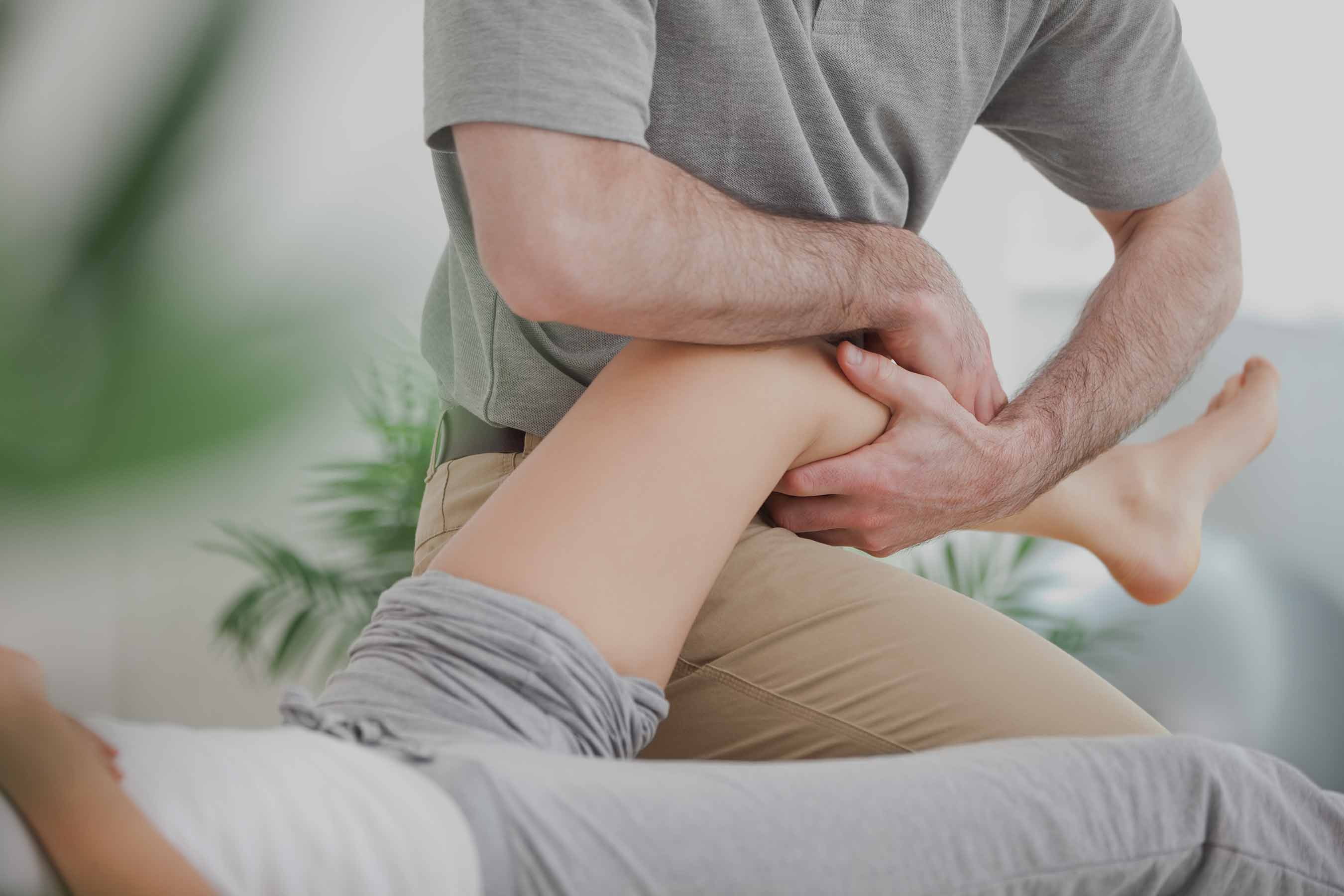Strength Training for Reducing Running Injuries
Muscles have numerous functions – the most obvious role in relation to running is the ability to contract, generate force, and pull on the tendons thereby generating joint movements. Logically therefore, the stronger the muscles, the more movement can be generated; this is however a sliding scale, as if muscles grow too large, they can inhibit available joint range of motion.
Other key functions of muscle involve the support and protection of joints – muscles act as “dynamic braces” around joints thereby limiting excessive movement which can strain/injure ligaments or other joint structures. Muscles also maintain joint alignment; they assist with distributing forces evenly across joints and they absorb incoming forces thereby reducing the total impact acting upon your joints. Therefore, in an activity like running which puts the lower limbs through lots of pressure, stronger muscles will more effectively act as shock-absorbers.
Finally, in an activity such as running where both the lower and upper body are pivotal in maintaining form and pacing, if some muscle groups are weaker this can lead to biomechanical breakdown and technique changes due to rapid onset of muscle fatigue. This reduced function can also limit the other roles mentioned earlier, meaning joints can become less stable or increased force is driven through them resulting in discomfort and increased risk of injury.
Running-Specific examples of injury
Calf/shin muscles – Achilles Tendinopathy and shin splints are the most common injuries. These are commonly caused by an underlying weakness in the foot/calf and muscles running across the shin, meaning they can’t withstand as much loading/force and as a result become strained.
Gluteal muscles – Optimal running technique involves your foot landing underneath the body, before extending the hip to bring the heel towards your bum. This action is mainly controlled by the gluteus maximus muscle. However, the lateral gluteal muscles are also vital during running; they engage while we weight bear to maintain hip stability, meaning every stride requires contraction. Weakness in any of the gluteal muscles will make them fatigue faster affecting running gait, or potentially increase the potential for strain due to overuse.
Hip flexor muscles – These are responsible for lifting the knee towards the chest. These are often tight/tense due to increased sedentary lifestyles and more time spent seated, forcing the muscle to shorten, which can impact its functionality. The most common pathologies are strain or tendinopathy related to overuse, poor running technique or lack of warm-up.
Running Environments
The surface you run on will significantly change the volume of force applied through your lower limbs. There are multiple factors that influence force application during running e.g. foot strike position, running technique, footwear, but on average you will experience more impact when landing on harder surfaces e.g. concrete, compared to grass or synthetic track.
As a result, more force input means the soft tissues must engage more for bracing, which potentially increases the risk of overuse/overloading related injury.
Uphill vs Downhill
Although running uphill requires more muscle activity to overcome gravity, the degree of impact force you experience tends to decrease the greater the vertical angle, with an increased tendency to land on the forefoot. If you already have strong, functional muscles the likelihood of injury is relatively slim.
While running downhill we require less muscle activity as gravity assists with movement. However, there is an increased tendency to land on the heels and be continuously braking during normal running gait, alongside significantly increased impact forces. This likely increases the potential for injury due to reduced muscle engagement/bracing while higher loads are exerted across the soft tissues and joints.




